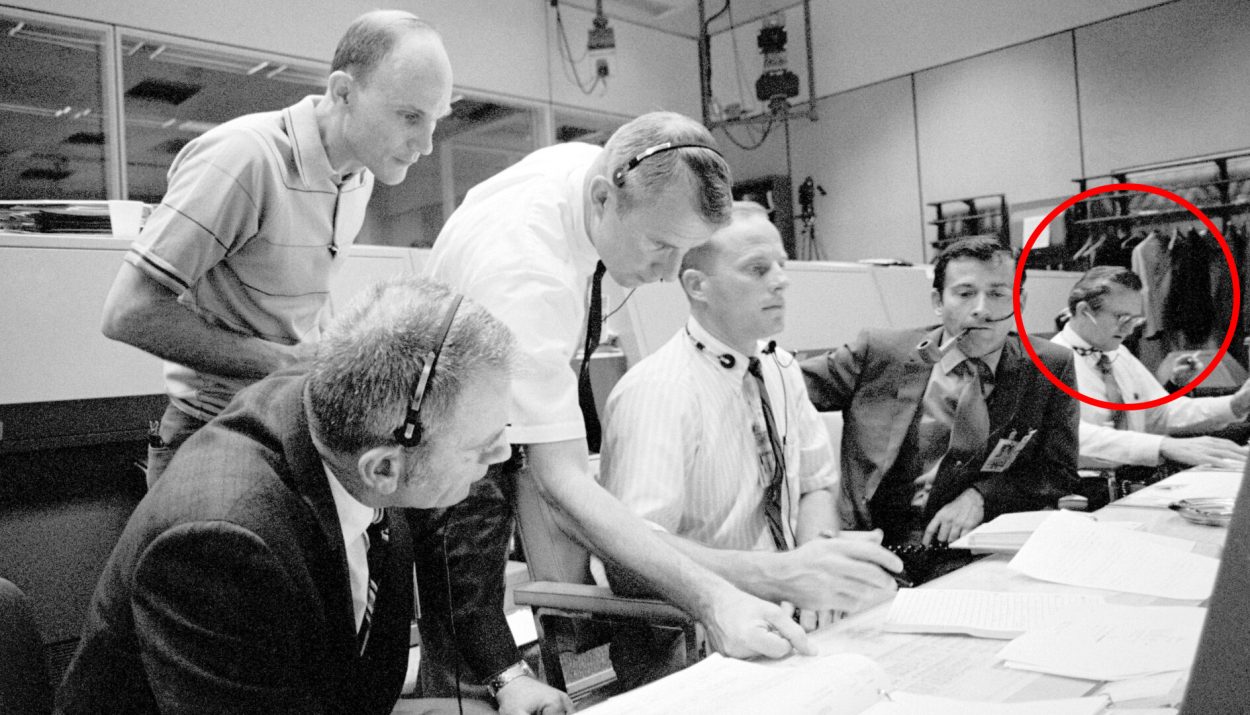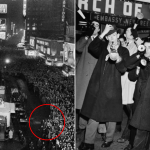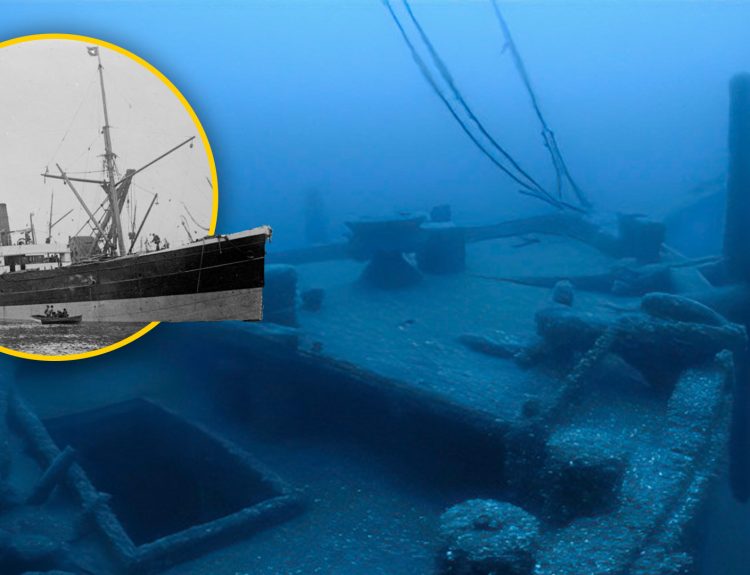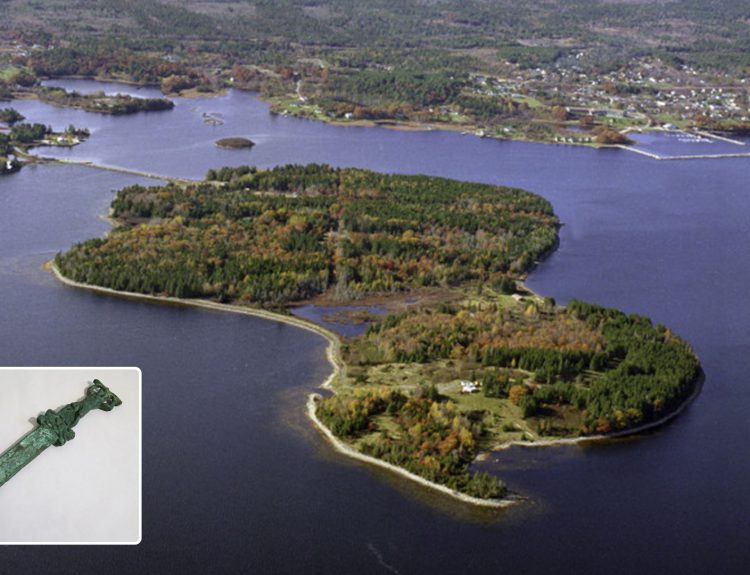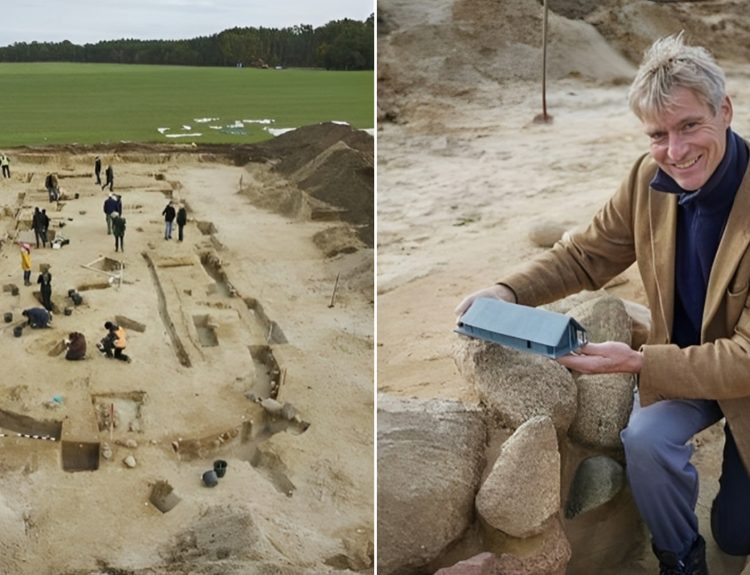Human fascination with space exploration stems from a deep-seated curiosity and a desire to unravel the mysteries of the universe. The exploration of space offers an opportunity to push the boundaries of human knowledge, understand the origins and nature of the cosmos, and discover the potential for life beyond Earth.
Space travel represents mankind’s greatest scientific achievement. The journey to the stars includes several historic firsts as well as some horrific tragedies. Let’s explore 8 of the most memorable moments in the history of space travel, in no particular order.
#1 Moon Landing, July 20, 1969
On July 20, 1969, NASA’s Apollo 11 mission successfully landed astronauts Neil Armstrong and Buzz Aldrin on the lunar surface, while Michael Collins orbited above in the command module. Neil Armstrong’s iconic words, “That’s one small step for [a] man, one giant leap for mankind,” echoed around the world as he became the first human to set foot on the Moon.
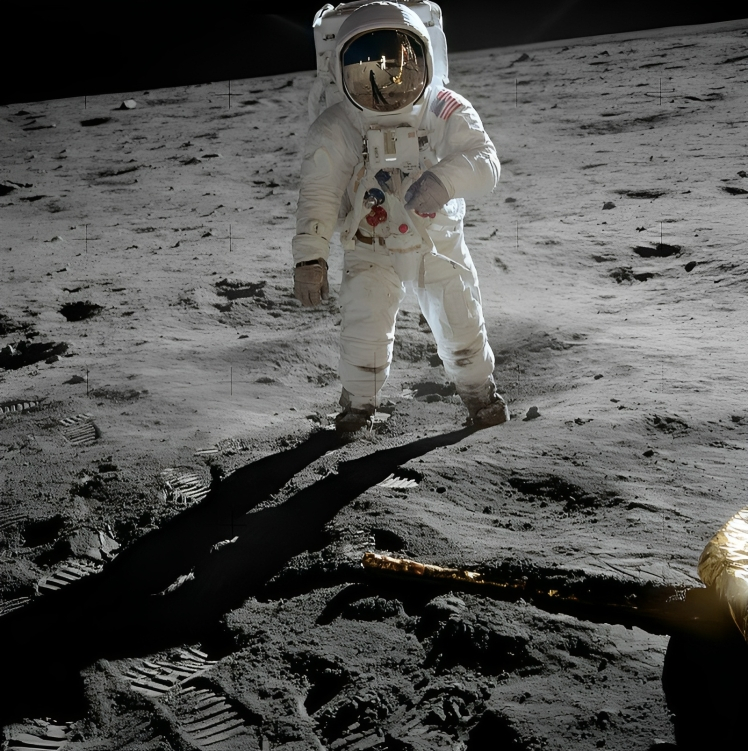
The Moon landing was a culmination of years of scientific innovation, intense dedication, and intense international competition during the Space Race between the United States and the Soviet Union. This historic event expanded our understanding of the cosmos, but more importantly, it was a shining example of technological ingenuity and scientific achievement.
#2 Sputnik, October 4, 1957
The Soviet Union chalked up the first major accomplishment of the space age with the launch of Sputnik 1, the world’s first artificial satellite, on October 4, 1957. A metallic sphere equipped with radio transmitters, the Soviets put Sputnik into Earth’s orbit and sparked the space race between the United States and the Soviet Union during the Cold War.
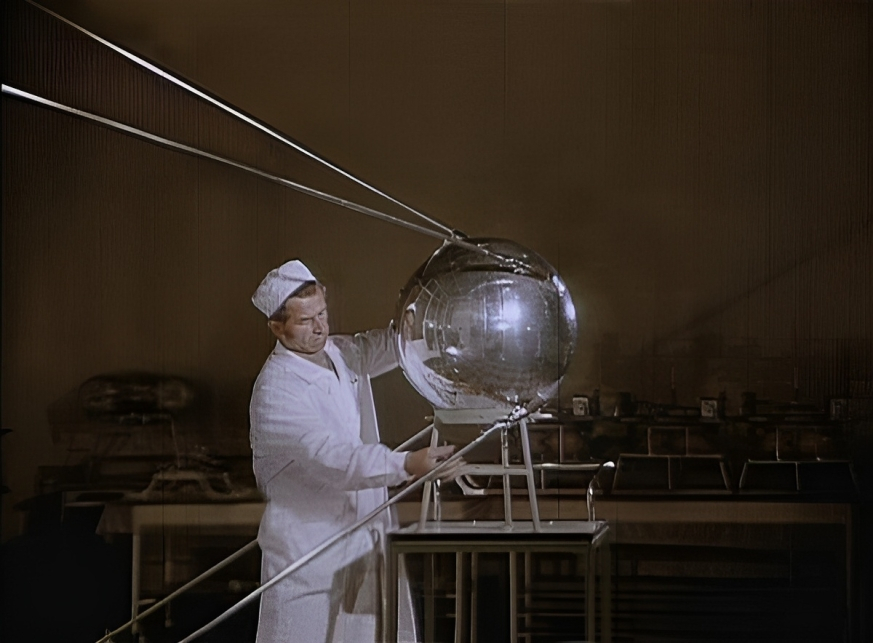
For the United States, the launch of Sputnik wasn’t heralded as a notable human achievement. Instead, this event showcased the Soviet’s scientific superiority. There were fears that the Soviets could launch missiles from orbiting satellites. It was the catalyst NASA needed to elevate their own space program and devote more resources to space exploration.
#3 Apollo 13, April 13-17, 1970
The Apollo 13 incident was one of the most dramatic episodes in space exploration history. The incident began as NASA’s third manned mission to the Moon, however, the crew faced a dire situation when an oxygen tank exploded on April 13, 1970. This unexpected setback forced the crew – James Lovell, Fred Haise, and John Swigert – to abandon the lunar landing and focus on returning safely to Earth.
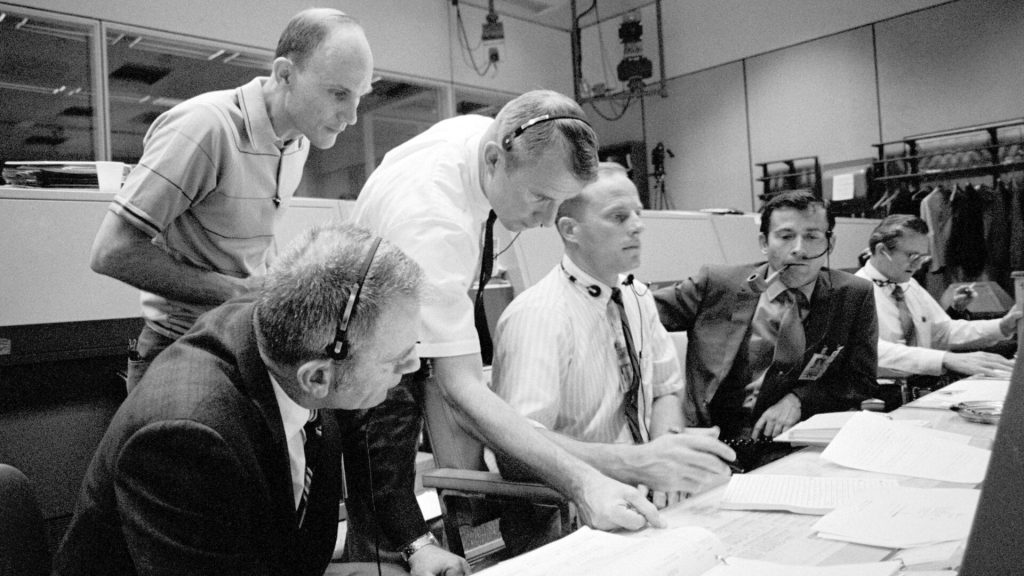
With limited resources and facing life-threatening challenges such as the scarcity of power, oxygen, and water, the astronauts and the ground control team at NASA worked tirelessly to troubleshoot and improvise solutions, all as the American public held their collective breath. Working together, the astronauts and mission control, Apollo 13 made its way back to Earth, splashing down safely in the Pacific Ocean on April 17, 1970.
#4 The Launch of the Hubble Space Telescope, April 25, 1990
Launched aboard the Space Shuttle Discovery on April 24, 1990, the Hubble Space Telescope has provided unparalleled views of the cosmos, offering stunning images and invaluable data that have expanded our understanding of the universe. The telescope’s ability to capture images in visible, ultraviolet, and infrared light has allowed astronomers to explore cosmic phenomena across the electromagnetic spectrum.

Over the years, Hubble has contributed to a wide range of scientific breakthroughs, including the precise measurement of the rate of expansion of the universe, the discovery of dark energy, and the observation of distant galaxies and exoplanets. Hubble’s observations have deepened our knowledge of star formation and evolution, galaxy formation, and the nature of black holes.
#5 First Human in Space, April 12, 1961
Soviet cosmonaut Yuri Gagarin became the first human to journey into space. Aboard the spacecraft Vostok 1, Gagarin completed a single orbit around Earth on April 12, 1961, to give the Soviet Union another historic milestone in space exploration. His successful mission not only demonstrated Soviet space capabilities during the intense Cold War space race but also elevated Gagarin to the status of an international hero.
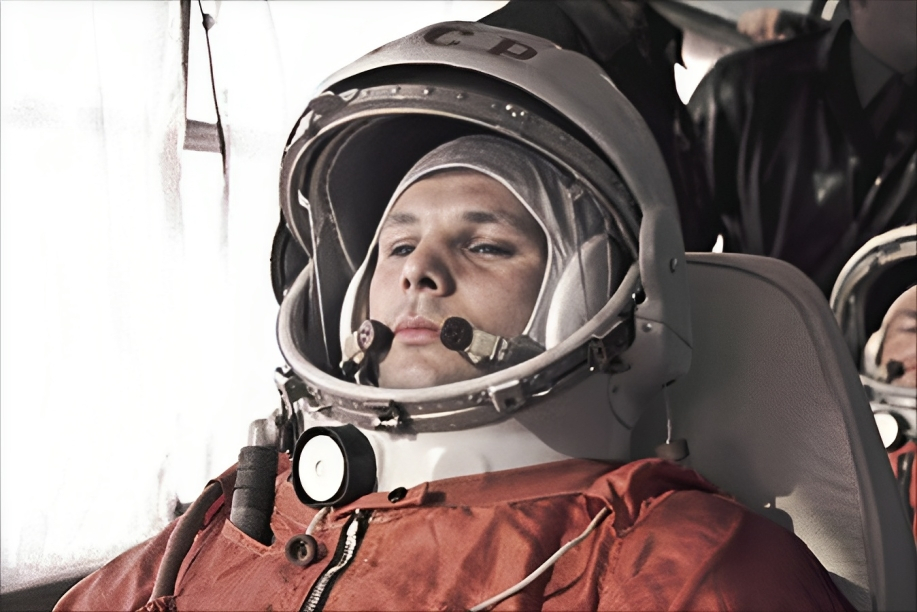
Gagarin’s mission lasted approximately 108 minutes. During that time, Gagarin experienced weightlessness and observed Earth’s curve from space. He returned safely to Earth at 10:55 a.m. His pioneering journey opened the door to subsequent space exploration endeavors and remains a momentous achievement in the annals of space travel.
#6 The Space Shuttle Disasters, January 28, 1986, and February 1, 2003
The Space Shuttle program faced two tragic disasters, the Challenger in 1986 and the Columbia in 2003, each leaving an indelible mark on the history of space travel. The Challenger disaster occurred on January 28, 1986, just 73 seconds after liftoff, when the shuttle broke apart, resulting in the loss of all seven crew members, including Christa McAuliffe, who was to be the first private citizen in space.
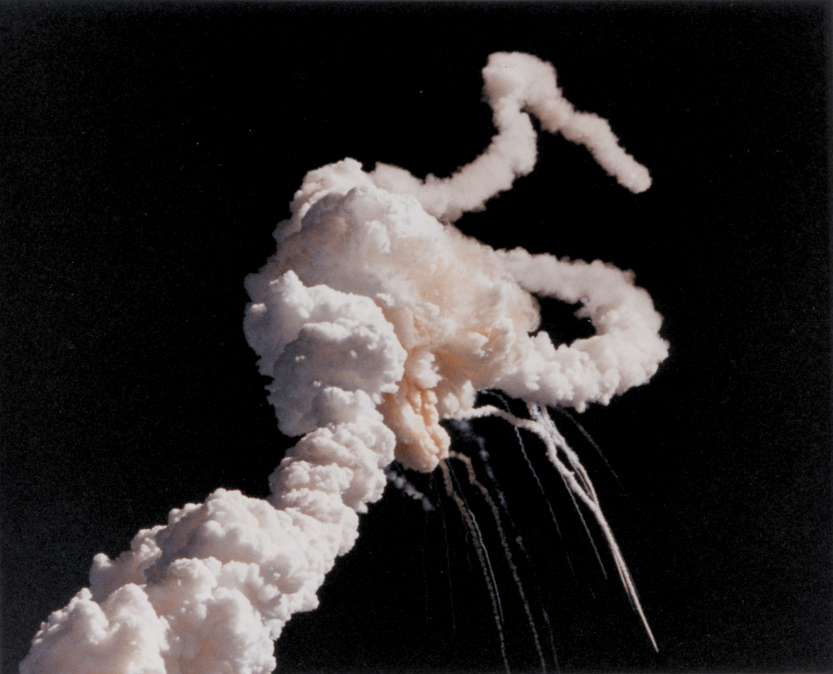
Seventeen years later, on February 1, 2003, tragedy struck again with the disintegration of the Space Shuttle Columbia during re-entry. The accident, attributed to damage sustained to the shuttle’s thermal protection system during liftoff, claimed the lives of seven astronauts. Both disasters prompted intense scrutiny of NASA’s safety protocols and management practices.
#7 The Handshake in Space, July 17, 1975
The “Handshake in Space” was a symbolic and historic moment that occurred on July 17, 1975, during the Apollo-Soyuz Test Project (ASTP). This mission marked the first joint spaceflight between the United States and the Soviet Union, two rival superpowers during the Cold War.
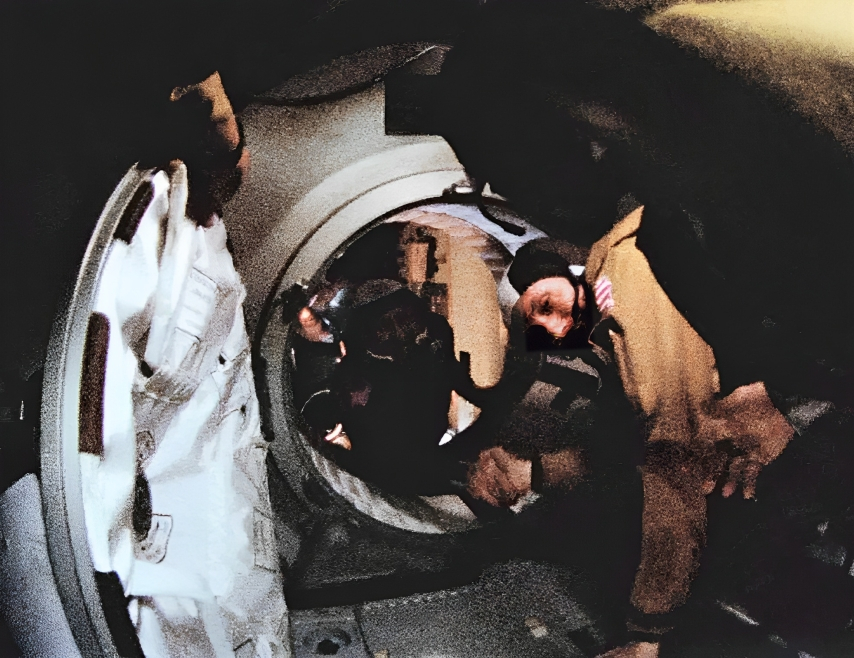
The handshake took place in the docking module where American astronaut Thomas P. Stafford and Soviet cosmonaut Alexei Leonov met and exchanged greetings, transcending political tensions and fostering a spirit of international cooperation. The symbolic gesture represented a significant diplomatic thaw and laid the foundation for future collaborations in space exploration.
#8 Apollo 1 Tragedy, January 27, 1967
The Apollo 1 tragedy, which occurred on January 27, 1967, was the first major disaster in the history of space exploration. The mission was intended to be the first crewed flight of the Apollo program, but it ended in tragedy during a pre-flight test. Astronauts Gus Grissom, Ed White, and Roger B. Chaffee lost their lives when a cabin fire broke out in the command module on the launch pad at Kennedy Space Center.
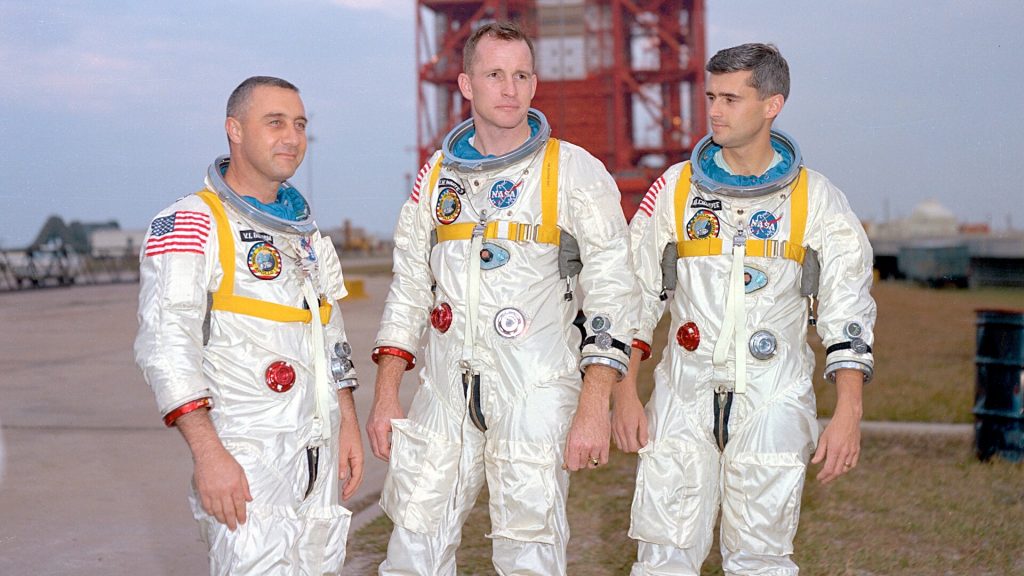
Investigations later revealed that an electrical fault, combined with a high-pressure, oxygen-rich environment inside the spacecraft, created a highly flammable atmosphere. The tragedy led to a reassessment of safety protocols, a redesign of the Apollo spacecraft, and a temporary halt to the Apollo program. A somber moment in the history of space travel, the lessons learned from the investigation contributed to improvements in spacecraft design and safety measures.

